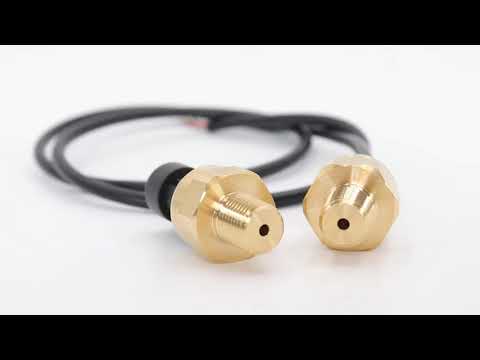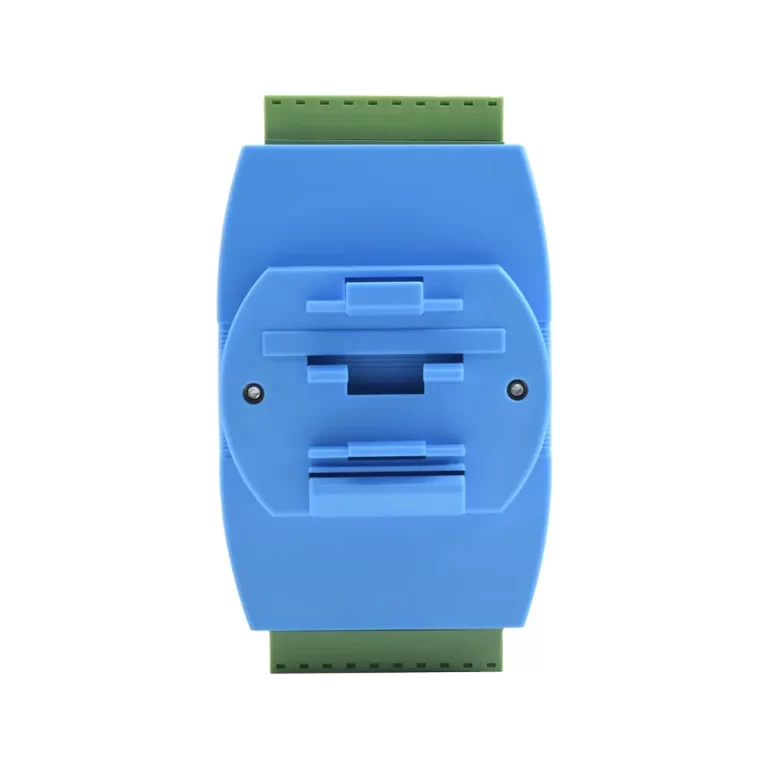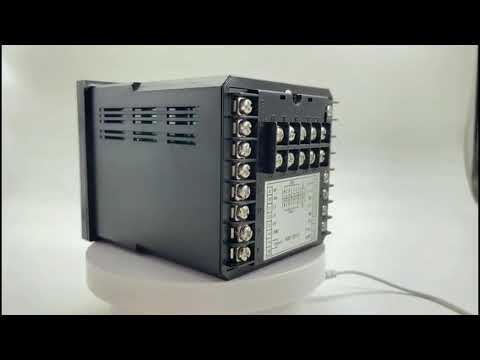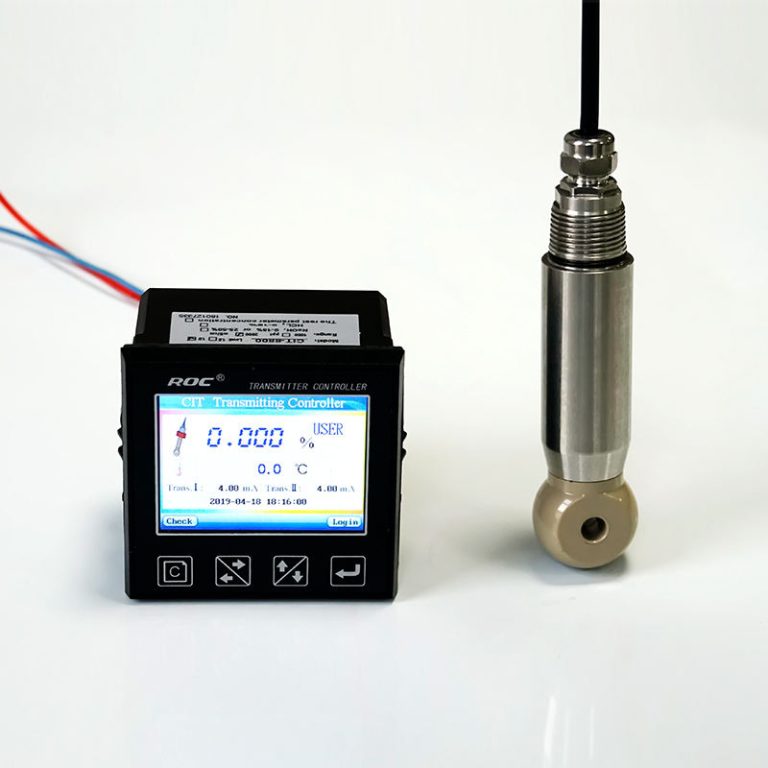Understanding the Accuracy of Your TDS Meter: A Comprehensive Guide
A Total Dissolved Solids (TDS) meter is an essential tool for testing the purity of water. It measures the concentration of dissolved solids in a water sample, providing a quantitative indication of water quality. However, the accuracy of a TDS meter is crucial for obtaining reliable results. This article will guide you through understanding the accuracy of your TDS meter and how to ascertain its precision.
Firstly, it’s important to understand what a TDS meter does. It measures the electrical conductivity of water, which is directly related to the presence of ions in the water. These ions come from dissolved salts and minerals. The higher the concentration of these dissolved substances, the higher the TDS reading will be. Therefore, a TDS meter essentially provides an estimate of the purity of your water.

However, the accuracy of a TDS meter can be influenced by several factors. These include the quality of the meter itself, the calibration of the meter, the temperature of the water being tested, and the type of dissolved solids in the water. High-quality TDS meters are generally more accurate and reliable than cheaper models. They are designed with advanced technology and superior materials, which enhance their precision and durability.
Calibration is another critical factor in ensuring the accuracy of a TDS meter. Over time, the meter’s readings can drift, leading to inaccurate results. Therefore, regular calibration is necessary to maintain the meter’s accuracy. Most TDS meters come with a calibration solution, and the process is usually straightforward. You simply immerse the meter in the solution and adjust the readings according to the manufacturer’s instructions.
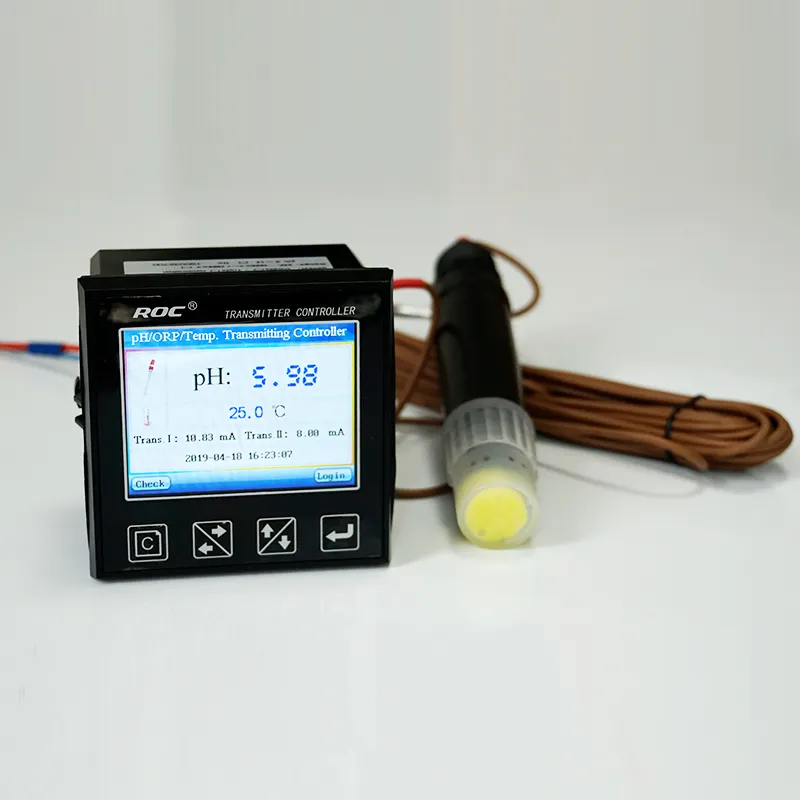
The temperature of the water being tested can also affect the accuracy of a TDS meter. This is because the conductivity of water changes with temperature. Most TDS meters have a built-in temperature compensation feature, which adjusts the readings based on the water’s temperature. However, if this feature is not functioning correctly, it can lead to inaccurate results.
| Model No. | CCT-8301A Conductivity Resistivity Online Controller Spec | |||
| Conductivity | Resistivity | TDS | Temp. | |
| Measurement range | 0.1μS/cm~40.0mS/cm | 50KΩ·cm~18.25MΩ·cm | 0.25ppm~20ppt | (0~100)℃ |
| Resolution | 0.01μS/cm | 0.01MΩ·cm | 0.01ppm | 0.1℃ |
| Accuracy | 1.5level | 2.0level | 1.5level | ±0.5℃ |
| Temp.Compensation | Pt1000 | |||
| Working Environment | Temp. (0~50)℃; relative humidity ≤85%RH | |||
| Analog Output | Double channel (4~20)mA,Instrument/Transmitter for selection | |||
| Control Output | Triple channels photo-electronic semiconductor relay ,Load capacity: AC/DC 30V,50mA(max) | |||
| Power Supply | DC 24V±15% | |||
| Consumption | ≤4W | |||
| Protection Level | IP65(with the back cover) | |||
| Installation | Panel mounted | |||
| Dimension | 96mm×96mm×94mm (H×W×D) | |||
| Hole Size | 91mm×91mm(H×W) | |||
The type of dissolved solids in the water can also influence the accuracy of a TDS meter. The meter measures the electrical conductivity of the water, which is affected by the type of ions present. Some ions conduct electricity better than others, so the meter may give higher readings for water with a high concentration of these ions, even if the total amount of dissolved solids is the same.
So, how do you know if your TDS meter is accurate? One way is to test it with a calibration solution or a known sample of water. If the meter’s readings match the known concentration of the solution or sample, then it is accurate. Another way is to compare the readings from your meter with those from a trusted source, such as a laboratory or a high-quality TDS meter. If the readings are similar, then your meter is likely accurate.
| Model | RM-220s/ER-510 resistivity controller |
| Range | 0-20uS/cm; 0-18.25MΩ |
| Accuracy | 2.0%(FS) |
| Temp. Comp. | Automatic temperature compensation based on 25℃ |
| Oper. Temp. | Normal 0~50℃; High temp 0~120℃ |
| Sensor | 0.01/0.02 cm-1 |
| Display | LCD Screen |
| Communication | ER-510:4-20mA output/RS485 |
| Output | ER-510:High/Low limit dual relay control |
| Power | AC 220V±10% 50/60Hz or AC 110V±10% 50/60Hz or DC24V/0.5A |
| Working Environment | Ambient temperature:0~50℃ |
| Relative humidity≤85% | |
| Dimensions | 48×96×100mm(H×W×L) |
| Hole Size | 45×92mm(H×W) |
| Installation Mode | Embedded |
In conclusion, understanding the accuracy of your TDS meter involves considering several factors, including the quality of the meter, its calibration, the temperature of the water, and the type of dissolved solids. Regular testing and calibration can help ensure that your TDS meter remains accurate and reliable. By taking these steps, you can have confidence in the purity of your water and the accuracy of your TDS meter.

